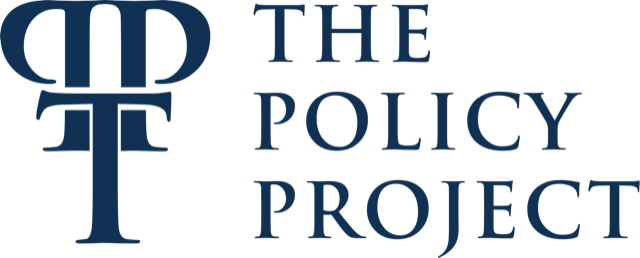What is The Teen Center Project?
At the heart of every community is a school. Our Utah communities have always prioritized the well-being of our youth. That said, an increasing number of Utah K-12 students are struggling to meet their basic needs due to circumstances beyond their control: a significant drop in affordable housing, rapid inflation, wage stagnation, as well as job insecurity and mental health challenges experienced by adults caring for them.
A student who is hungry, who doesn’t have access to clean clothes, or is without a place to shower is not equipped to succeed in the classroom and is less likely to graduate from high school than their peers. High school graduates are less likely to be unemployed, live in poverty, have poor health or have children who will live in poverty.
Schools have long been on the frontlines of ensuring the basic needs of students are met. We must ensure schools are equipped to meet the growing number of students in need without adding to the workloads of individual teachers.
By supporting and amplifying school efforts to meet basic needs, via “Teen Centers,” we can help our most vulnerable students graduate and prepare them to succeed as adults.
Utah high schools could receive funds to build or improve services such as food pantries, laundry facilities, and showers to meet the basic needs of our students through a public-private partnership between the Utah Legislature and private donors including the Larry H. & Gail Miller Family Foundation and the Huntsman Foundation. These “Teen Centers” can be created by repurposing existing, underutilized space within high schools and by dedicating space for these services within newly built high schools.
Because every Utah community is unique, the Teen Center solution is adaptable to fit local needs, as determined by local leaders.
Teen Center services might include:
A food pantry
Laundry facilities
Showers and toiletry kits
A family advocate worker
Connections to other community resources
Space for student-regulation of mental health needs
Positive outcomes include:
Improved graduation rates
Confidence and dignity for students
De-stigmatization of basic needs
An interruption of intergenerational poverty
Student advocacy and service to peers
Increased productivity in the workforce
Fairness for rural and small schools
Increased access to trusted adults


